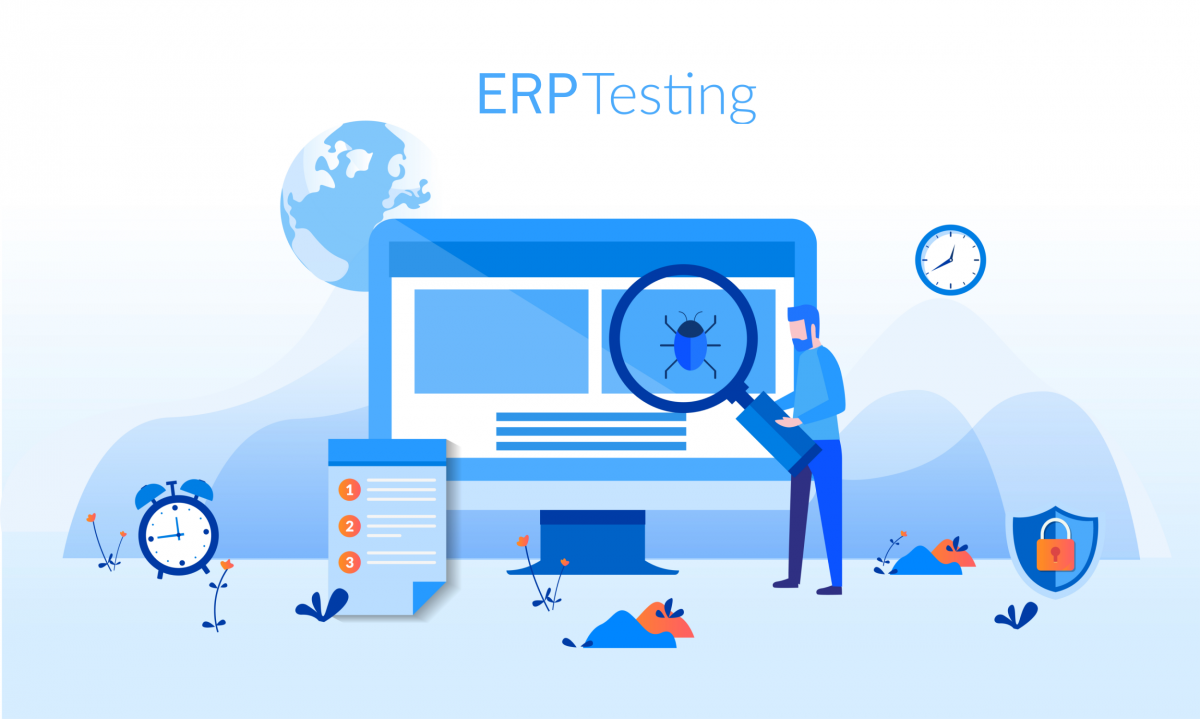There is often friction in the relationship between client organizations and the system integrators they work with. In large part this is because the two have a different definition of what constitutes success. A client’s goal is to drive performance improvements. The system integrators goal is to effectively and profitably deliver to the client’s specifications. If what is delivered doesn’t wind up supporting the clients expected outcome, — well that is on the client.
To ensure the client / system integrator relationship is a positive one I’ve developed the following client rules:
- Ensure you have the right team for the project (not just the right firm). As part of the selection process you need to meet and screen the key individuals who will work on your solution to determine their fit for culture, methodology, and technical skills. This requires that you invest enough in developing your knowledge of the proposed solution, and the keys to its successful deployment to evaluate the proposed project team.
- Own the project scope. System integrators will always have a bias to accepting any requested scope expansions. Expanding scope leads to more complex and risky projects. You must be diligent in managing scope to the minimum required for realizing the business case. New functionality which expands the business case should be pushed to subsequent projects.
- Optimize and own the business processes. While consultants bring best practices on how to use a solution, it requires people with a deep understanding of the business to adapt and optimize these practices. Incorporating the business process owners into the process design work is a key to realizing the expected outcome.
- Do not abdicate key responsibilities. Too many times I’ve seen a project team turn over key responsibilities to a consultant when a crisis arises. Normally consultants are more than willing to take on added work which adds to their revenues. However, when a team starts turning over key management, process design, change management or testing roles to a consultant, the project almost always suffers.
- Manage the entire team as if it was your own. There needs to be transparency across the entire team on progress, risks and issues. If your consultant is not sharing the details of what they’ve accomplished and their risks and challenges, then you will probably wind up with an unpleasant surprise that you will not be prepared to deal with.
Remember, at the end of the project you will own the solution and the system integrator will be off to work on their next project. By taking effective ownership of the solution from its inception you will be much more likely to be satisfied with the results.




